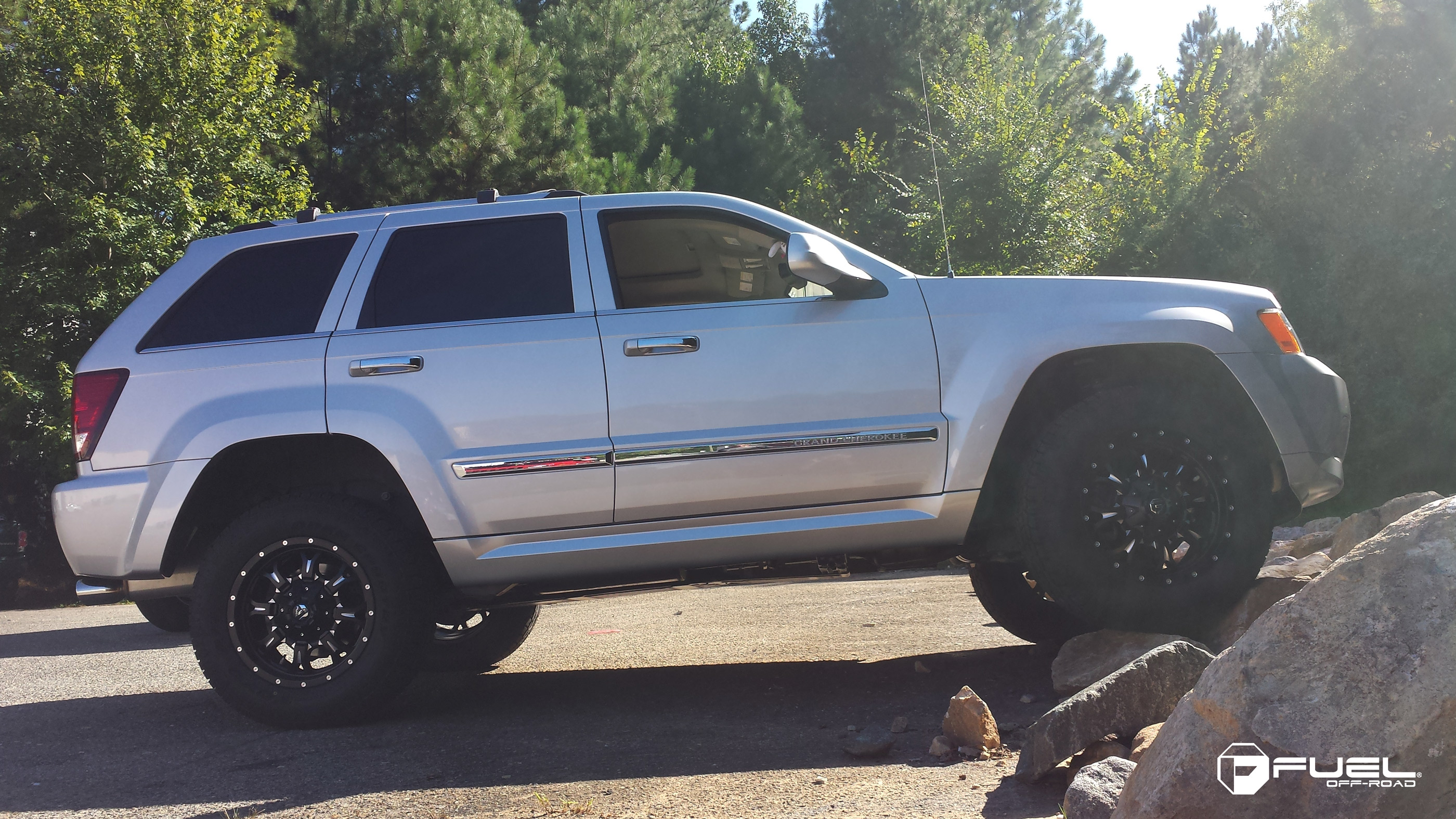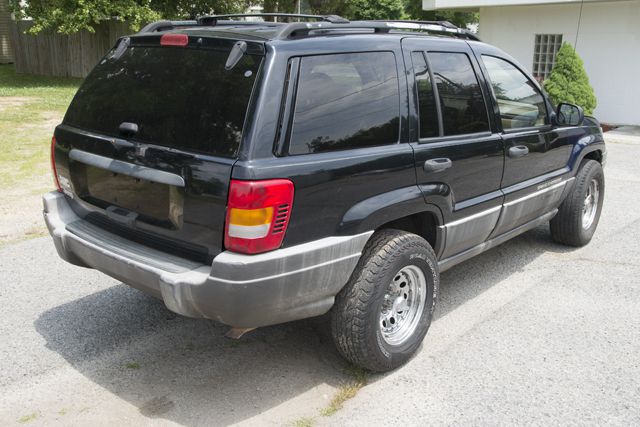

As with faster speeds, the engine requires more gasoline to operate under stress. If you notice your vehicle loses power when you drive up steep inclines or load it up with cargo, your fuel pump could be the culprit. An old and worn pump motor may get too hot and this can overheat your entire engine. It will stall, however, if the pump causes your engine to overheat. If your engine is getting gas from the pump, even a lesser amount than needed, it won’t likely stall. If the pump cannot produce a constant stream of gas at higher speeds, your vehicle’s engine will sputter and threaten to stall. Your fuel pump doesn’t stop pushing gas through to the engine once you’ve started your vehicle it also pumps gas to meet your vehicle’s speed. A worn pump loses its pressure and the engine is being starved of gasoline. The car will struggle to start and run because the pump cannot push enough gas through. If your vehicle’s fuel pump cannot get gas from the tank to the engine, you will have trouble starting your car. Loud whining indicates there is a problem.


The normal noise your pump makes is a low hum. The pump may also make this noise if you’re low on fuel or the fuel in your tank is contaminated. Fuel Tank NoiseĪ damaged fuel pump might make a loud, whining sound that you’ll hear from your gas tank. Willoughby Hills Auto Repair lists eight signs you might need a pump replacement. You can tell if your pump has problems, however. Most people never have to have their fuel pumps changed. There's plenty of room for the factory single exhaust, and the rear axle is miles away from the back of the tank, so if we ever do get a wild itch to add 1-ton axles or huge dual exhaust in this Jeep we know we won't have to make fuel tank modifications to accomplish it.Your car, truck, or SUV’s fuel pump will last over 100,000 miles on average. But until then, we have the tank up and held in place with four of the eight mounting holes, and we're pleased to say the fit is perfect with no interference at the bottom of the floor. We'll have to drop the tank one more time to finish hooking up our fuel system after the engine swap begins, so we're going to wait until that time to hook up the filler and vent as well as welding the nuts to the inside of the frame to make install and removal much easier. Then, we pulled the tank back out and finished drilling the holes and then bolted the tank back in. Once it was up tight into place, we measured each side to make sure the tank was centered side to side and from the rear crossmember and then drilled eight small pilot holes through the frame at the center of each tank bracket.


 0 kommentar(er)
0 kommentar(er)
